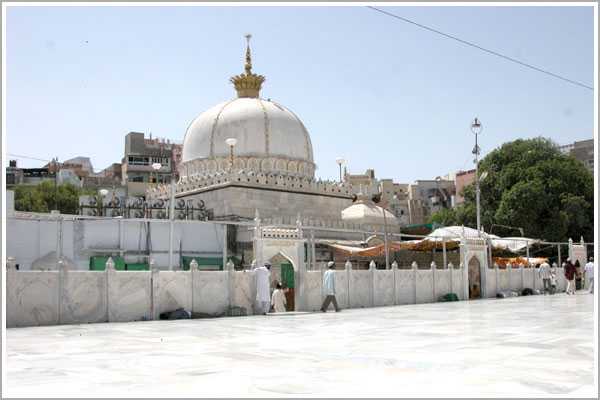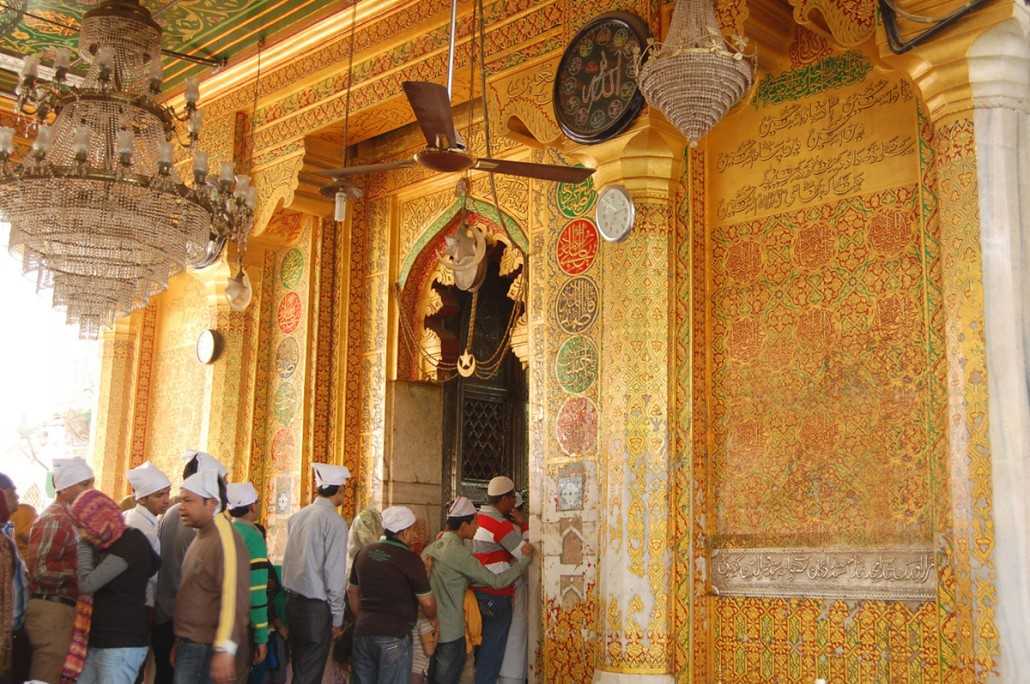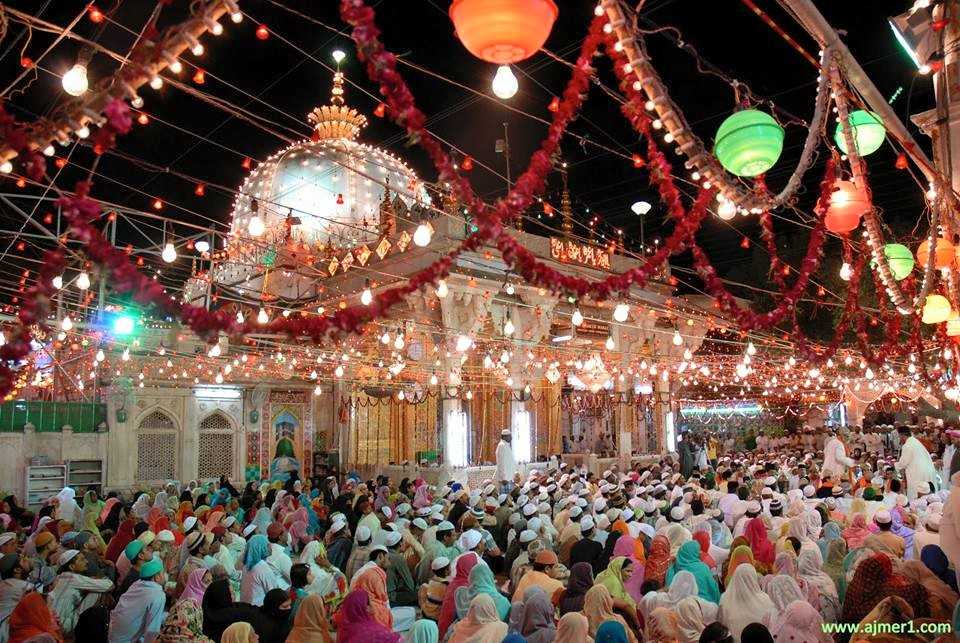Ajmer Sharif Dargah
Tags : Monument
Timings :
Winters: 6:00 AM - 9:00 PM,
Summers: 5:00 AM - 8:45 PM
Closed for Khidmat: 2:50 PM to 4:00 PM; on Thursdays, 2:20 PM to 3:30 PM
Time Required : 2 to 3 hours
Entry Fees : No Entry Fee
Dress Code : Head Covered. Modestly Covered Attire.
Established in : 1236 (AD)
Constructed By : Muhammad bin Tughluq
Nearest Bus Stand : Ajmer Sharif Dargah Bus Stand (Diggi Bazaar)
Tomb of Moinuddin Chishti
Ajmer Sharif, Ajmer Overview
Ajmer Sharif Dargah, also known as Ajmer Dargah, is the tomb of Moinuddin Chishti is one of the holiest places of worship in India not only for the Muslims but followers of every faith. Being the final resting place of the Khwaja Moin-ud-din Chisti, it has had an enormous contribution in spreading the ethical and spiritual values of Islam amongst masses.
Khwaja Moin-ud-din Chisti was a great Sufi Saint and dedicated his entire life to the upliftment of the poor and downtrodden. The shrine is visited by millions of people every year, as it is considered very sacred by people of all religions. Ajmer Sharif was built by the Mughal Emperor Humayun, hence justifying the rich Mughal Architecture. The Dargah has various constituents like tombs, courtyards and Daalaans. The major among these structures are- Nizam Gate, Buland Darwaza, Jama Masjid, Aulia Masjid, Dargah Shrine, Mehfilkhana and about a dozen of other prominent establishments.
One can spot two huge cauldrons in the inner courtyard of the shrine. These containers have a capacity of 2240 kg and 4480 kg and are used during special occasions to cook sweet delicacies like Kheer.
Read More on Ajmer Sharif
History of Ajmer Sharif Dargah
Hazrat Khwaja Moin-Ud-Din Chisti was considered as the founder of Islam in India and a great preacher of Islam throughout the world. He was widely known for his noble preaching and social deeds. He came to India from Persia and stayed in Lahore for a small span of time after which he finally settled in the city of Ajmer. He died in 1236, and since then his resting place is known to have immense spiritual powers. It is believed that every wish made from a pure heart at Dargah Sharif gets fulfilled.
Architecture of Ajmer Sharif Dargah

The grave of the great Sufi saint, Hazrat Khwaja Moin-Ud-Din Chisti is kept in a domed chamber, which is guarded by a silver railing and marble screen. The atmosphere of Ajmer Sharif often resonates with the songs of various famous Qawwals, who visit the Dargah from all across the globe.

Outside the Dargah, there is a small market from where all the pilgrims buy the offerings. The massive cauldrons cannot be left unnoticed by the visitors. They are used to cook rice pudding on special occasions.
Celebrations at Ajmer Sharif Dargah

Best Time To Visit Ajmer Sharif Dagah
Tips For Visiting Ajmer Sharif Dargah
2. Keep your belongings safe while travelling here, as lots of news regarding chain snatching and loots are reported by the travellers.
3. Do not carry expensive jewellery or gadgets while visiting the Dargah.
